65 Years of Jaguar D-Type
When Jaguar in 1954 presented the D-Type as the successor to the C-Type, little did they know how successful it would be. They could only suspect that an outstanding racing car had been created by the consistent use of all knowledge of the previous racing program. A 3.4-liter inline six-cylinder engine was still used as the drive, which was installed in a tube frame under the huge, forward opening bonnet. From the bulkhead wall backwards, a self-supporting body structure followed for the first time in Jaguar’s history. For safety reasons, however, the tubular frame was extended along the cardan tunnel. The original vehicle showed various curves above the wheels and a rollbar with a scoop behind the driver. All original D-Types carry their steering wheel on the right side of the vehicle. At the first Le Mans race in 1954, a factory Jaguar crossed the finish line in second place.
Jaguar soon developed the D-Type further and installed a large fin behind the rollbar for which the model is still famous today. Armed with this equipment, the car started in the factory team at the Le Mans 24 Hours in 1955 and won the legendary race for the first time. Meanwhile, the 1954 version was offered for sale to customer teams. However, due to a lack of demand, some cars were still standing around in the production halls one year later. It was therefore decided to modify the appearance of these vehicles a little, to make a rudimentary soft top and windshield and to offer them as XK-SS primarily to solvent customers in the USA. Due to the second Le Mans victory, which has meanwhile been achieved, there were certainly interested parties who wanted to buy a street-legal variant. On the evening of February 12, 1957, however, a severe fire broke out in the Jaguar factory, destroying a total of around 270 vehicles in all production conditions, including some D-Types that were to be converted to XK-SSs.
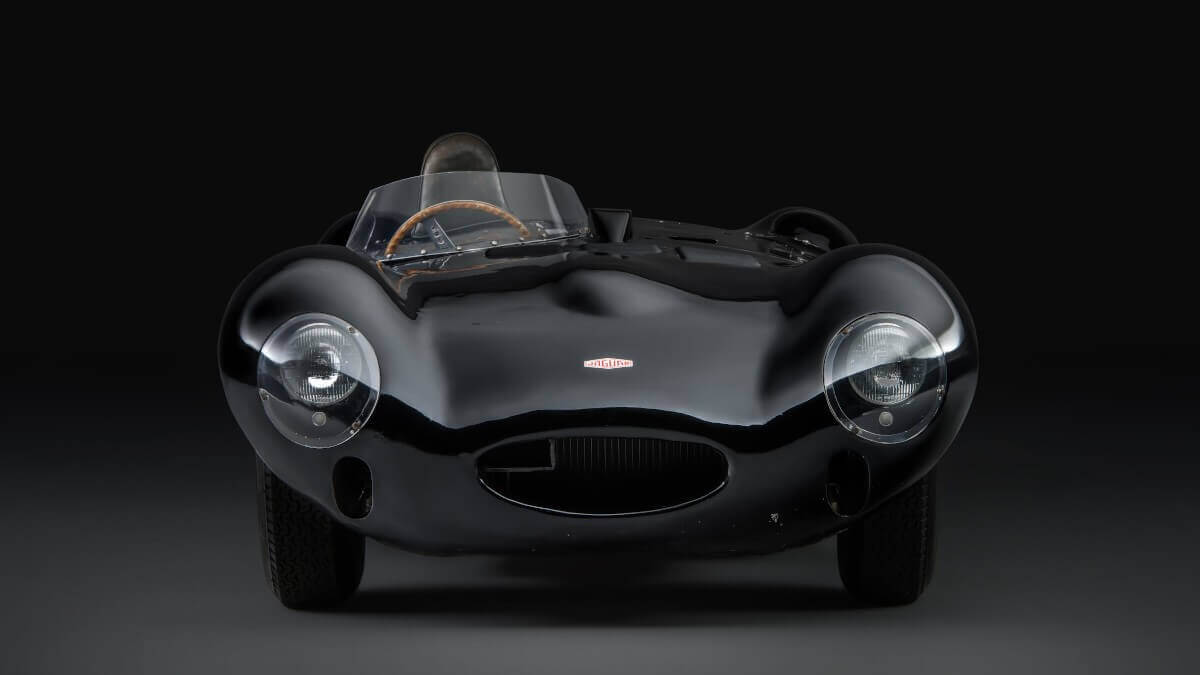











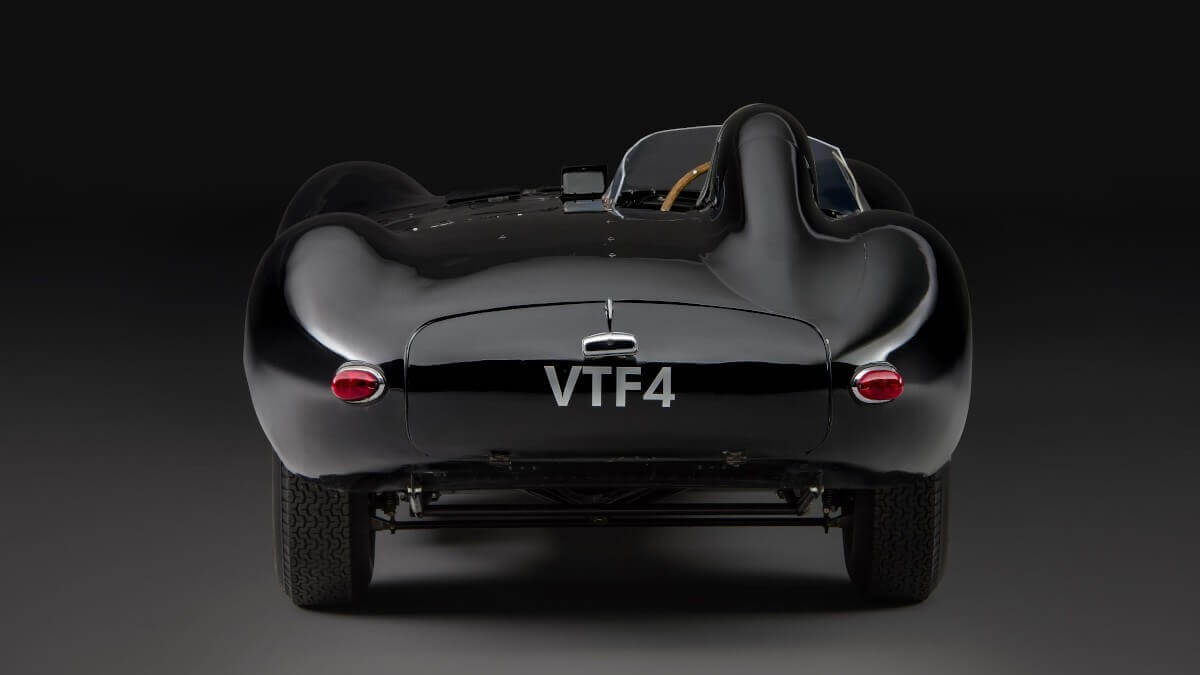











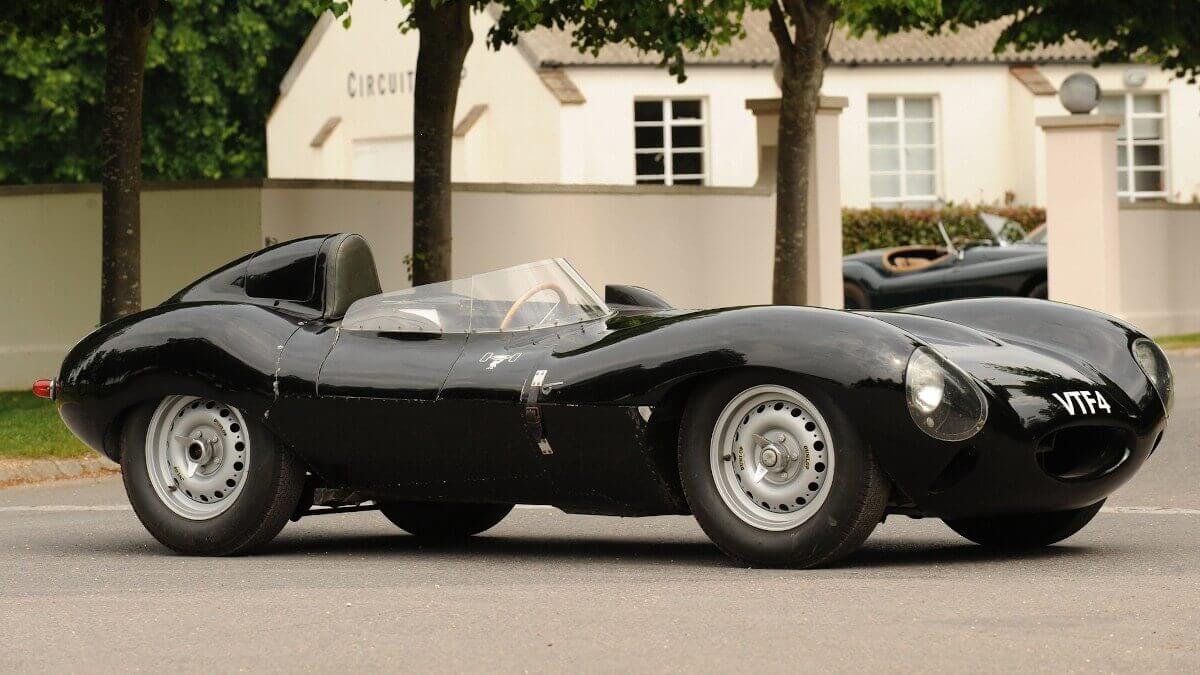







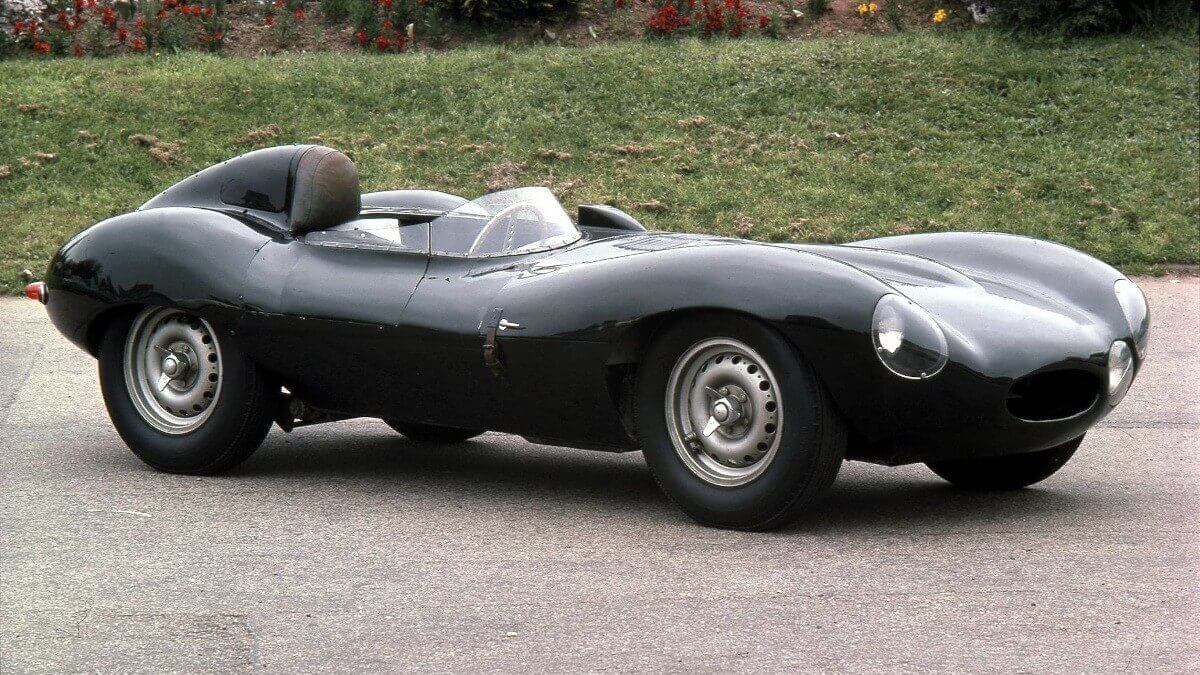



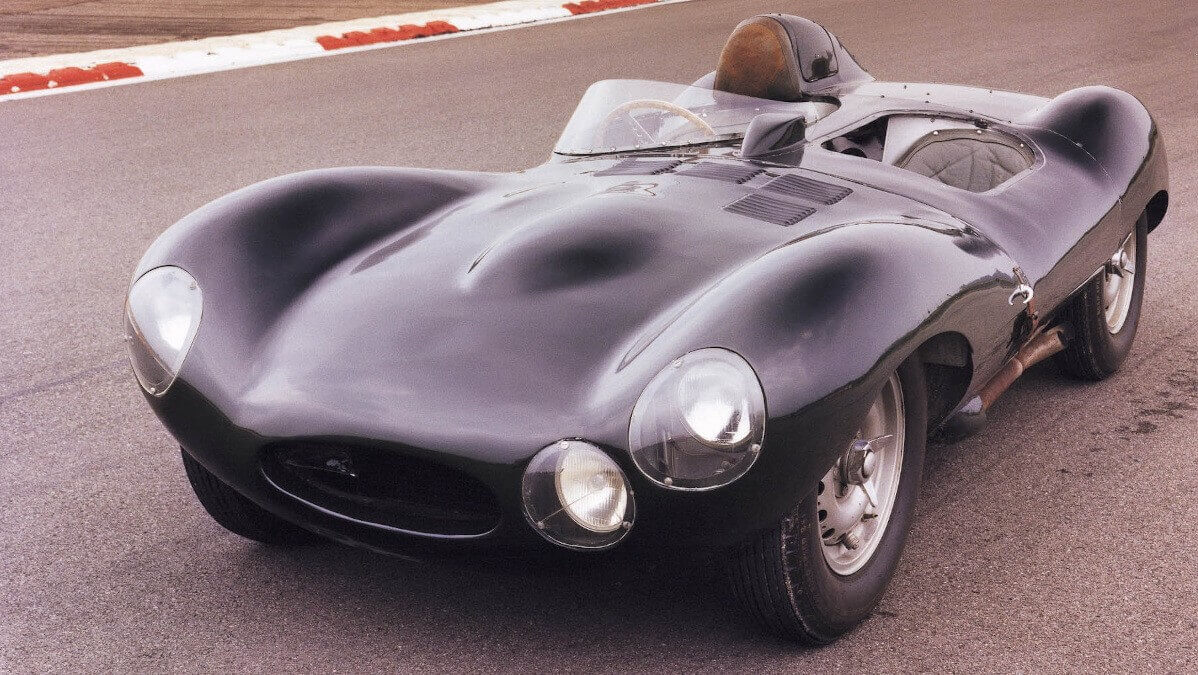



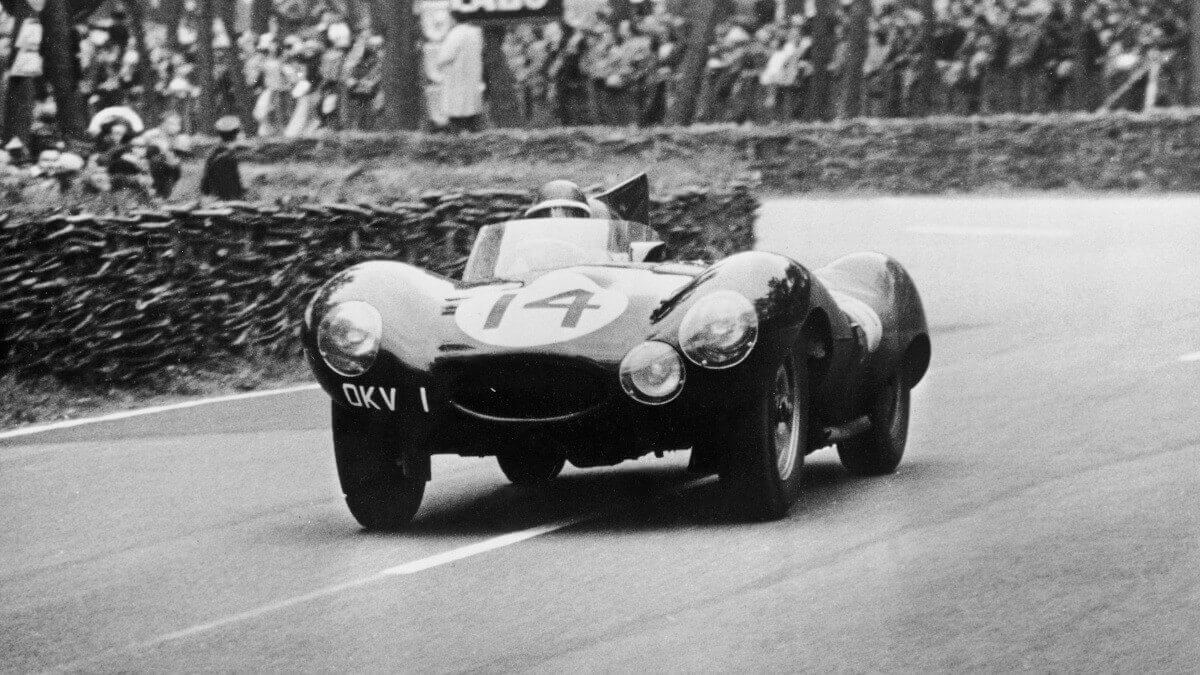



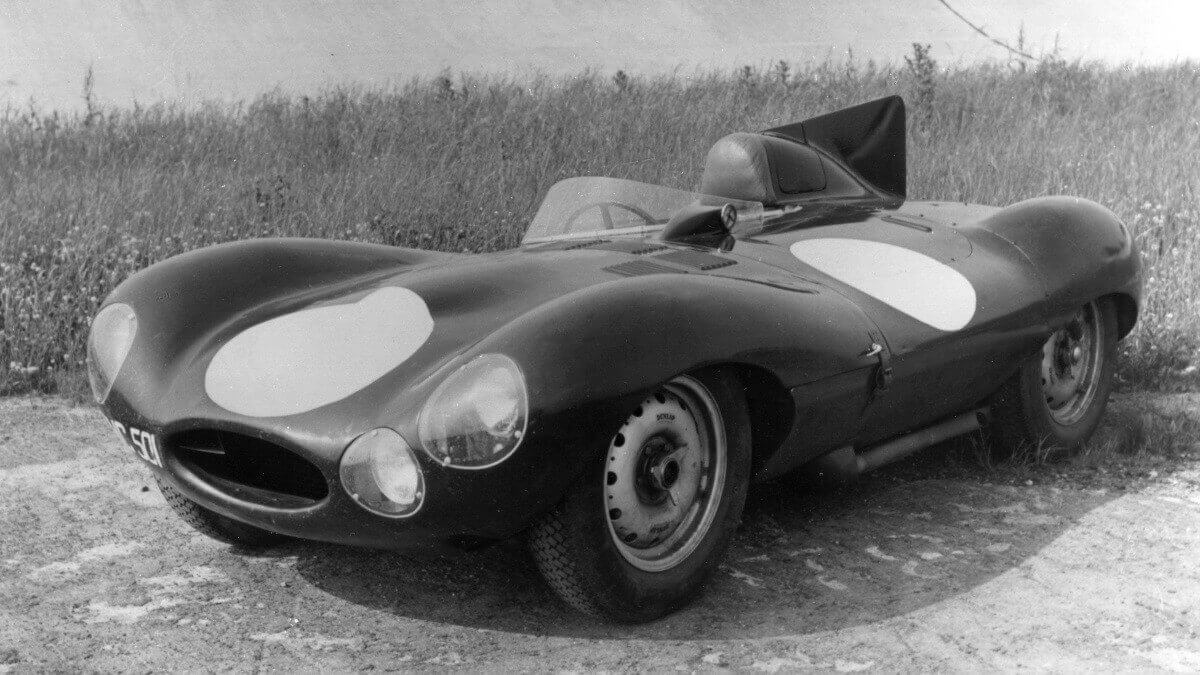



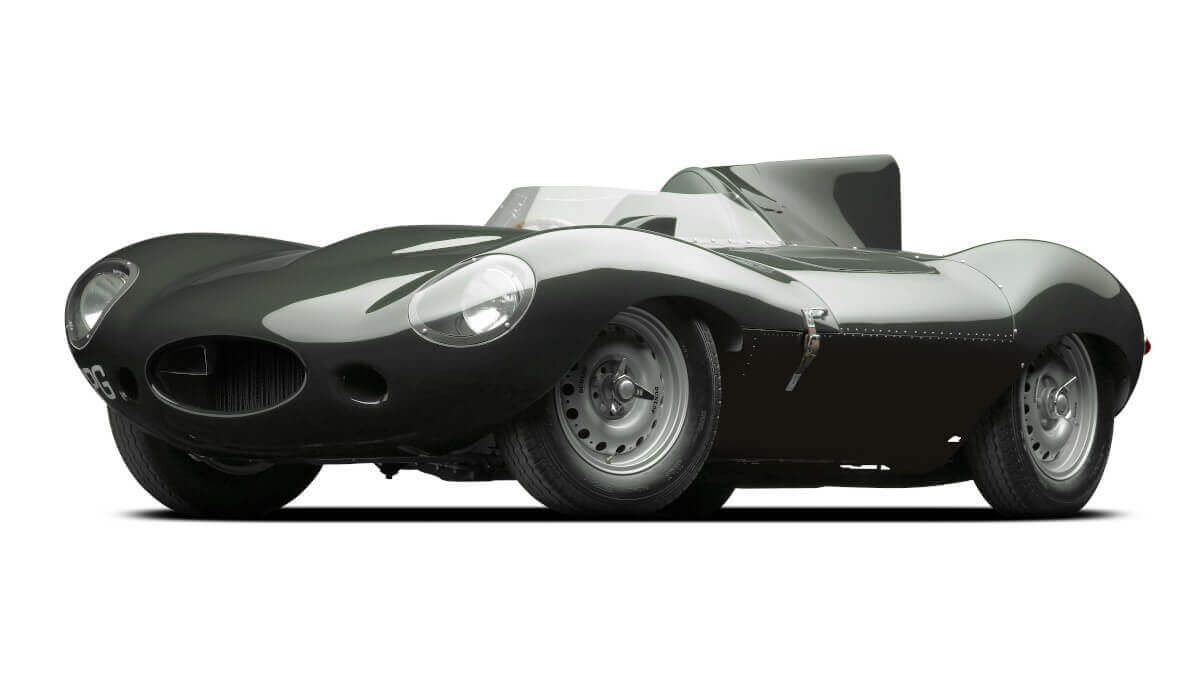











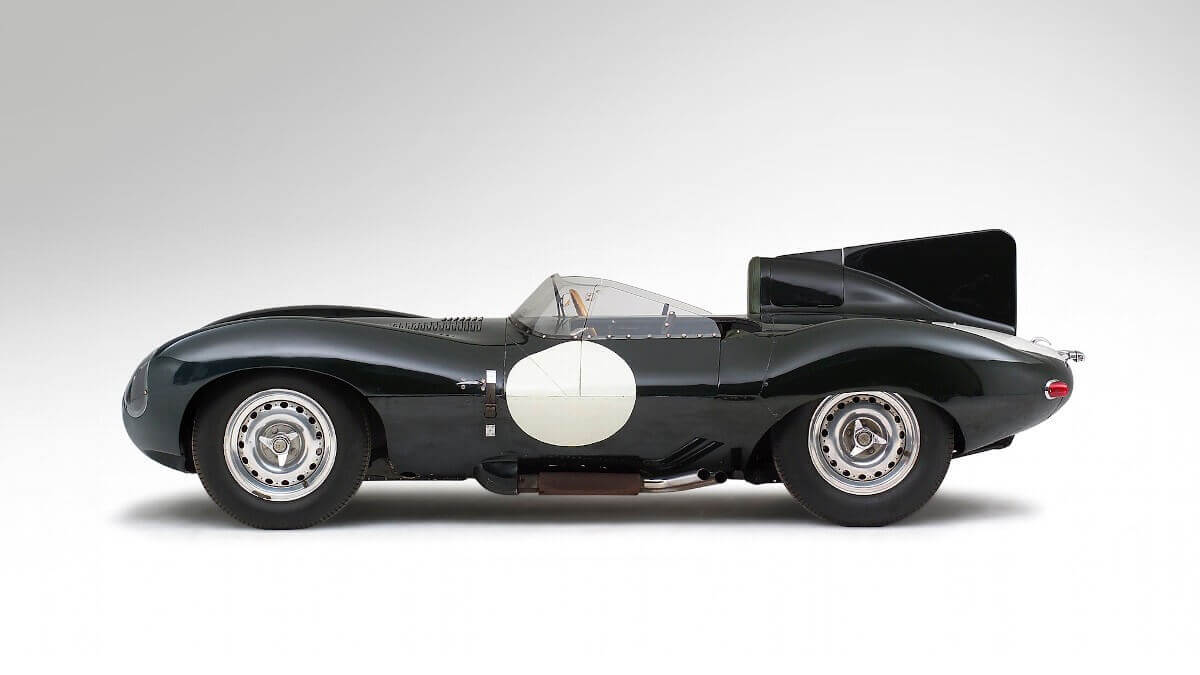



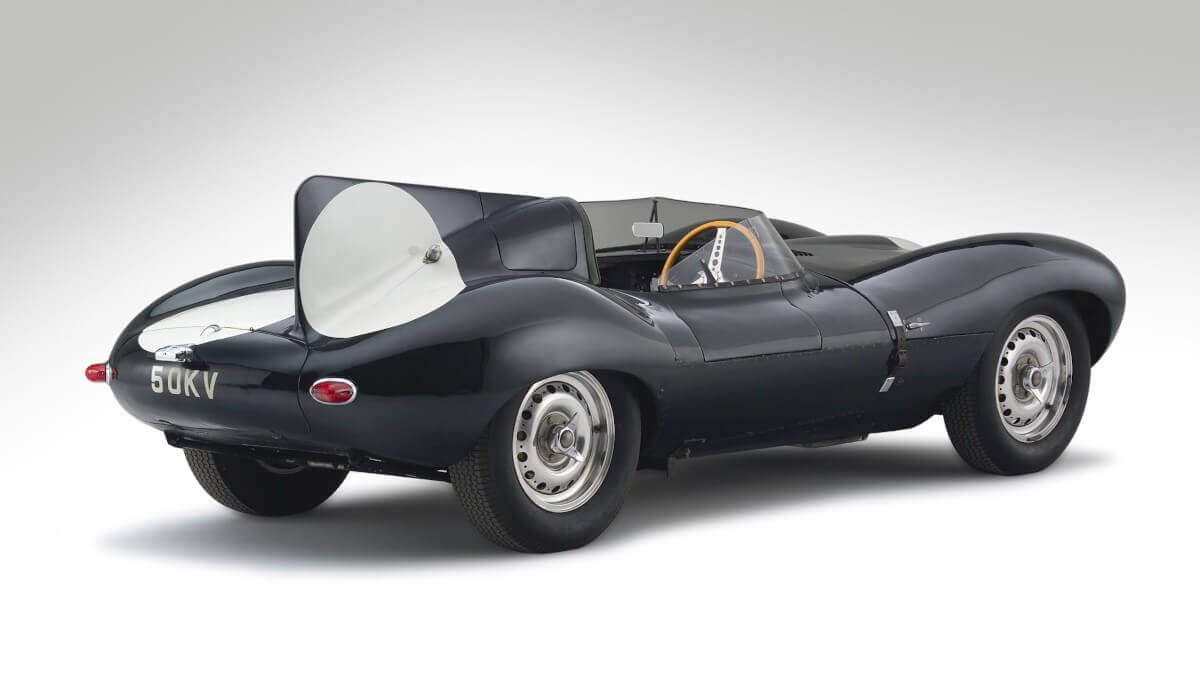



After winning the Le Mans 24 Hours in 1955, the Jaguar factory team retired from motorsports in 1956, after the factory cars at Le Mans had failed in the early hours. Probably one of the reasons for this decision was also to be found in one of the worst accidents in racing history, which the later race winner Mike Hawthorn had caused with his D-Type. Instead, it was left to the Scottish race team Ecurie Ecosse to use the further developed D-Type in sports car races. The fact that further successes were achieved can’t be concealed: Under the direction of Ecurie Ecosse, this open sports car won two more Le Mans races. While the 1956 winning car went into private ownership after a few more races, the 1957 racer is something special. Five privately raced D-Types competed in Le Mans and took 1st, 2nd, 3rd, 4th and 6th places. The two Ecurie Ecosse cars achieved a double victory and the first placed car also a distance record of 4,397 kilometers.
In the following years, the victorious D-Type ended up in the field of private club sport races. After an accident, the chassis was split up. The rear axle and body were rebuilt with replica parts as well as the front axle with drivetrain. In this way there were suddenly two original winning cars. In the 2000s, the Louwman collection in The Hague finally succeeded in acquiring both cars and reassembling the original parts. As one of the most valuable examples of the D-Type series, the car is now again in the condition of the 1957 Le Mans race and shown in the Louwman Museum.








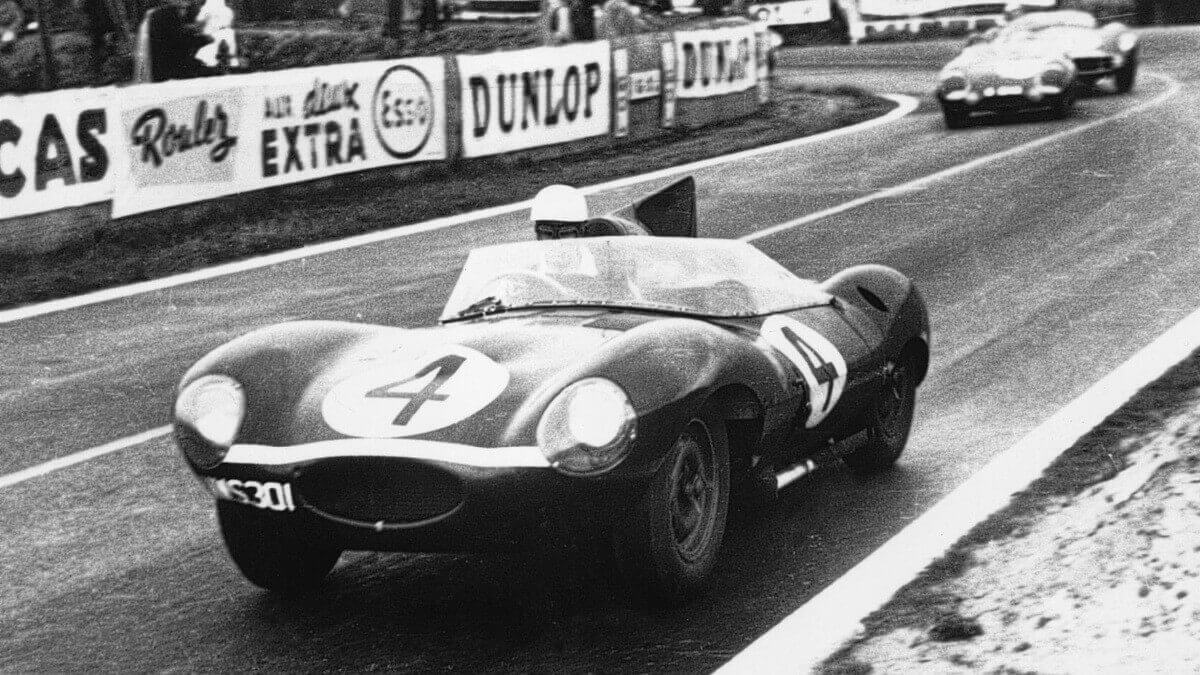







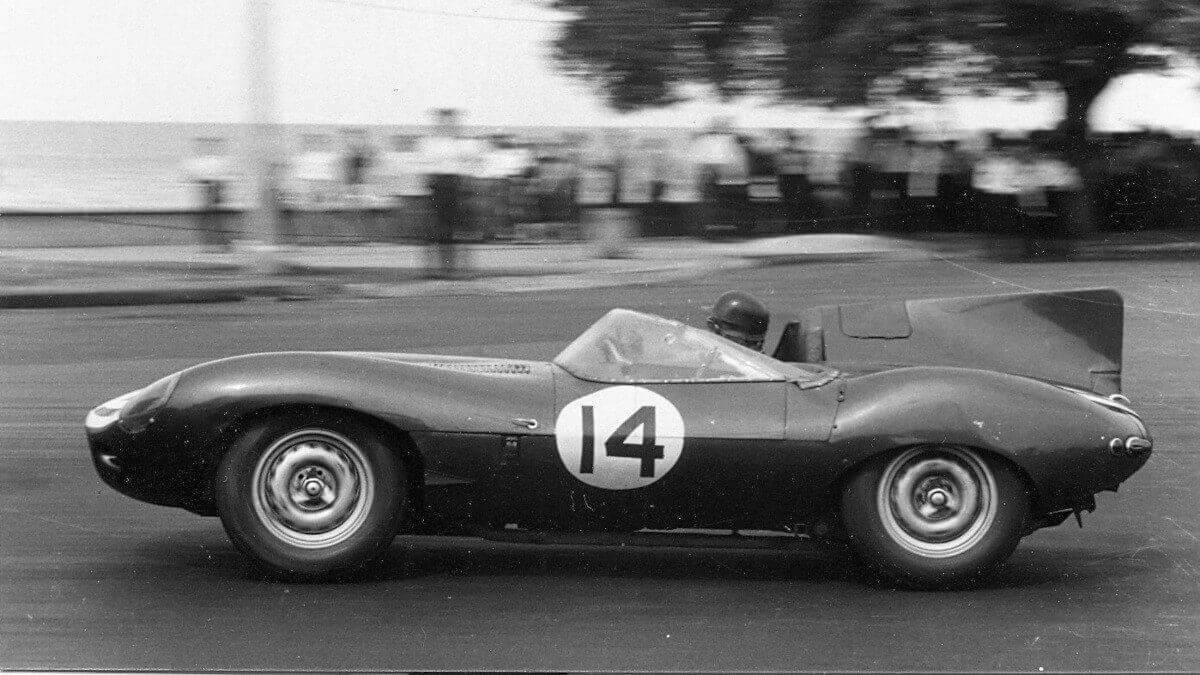















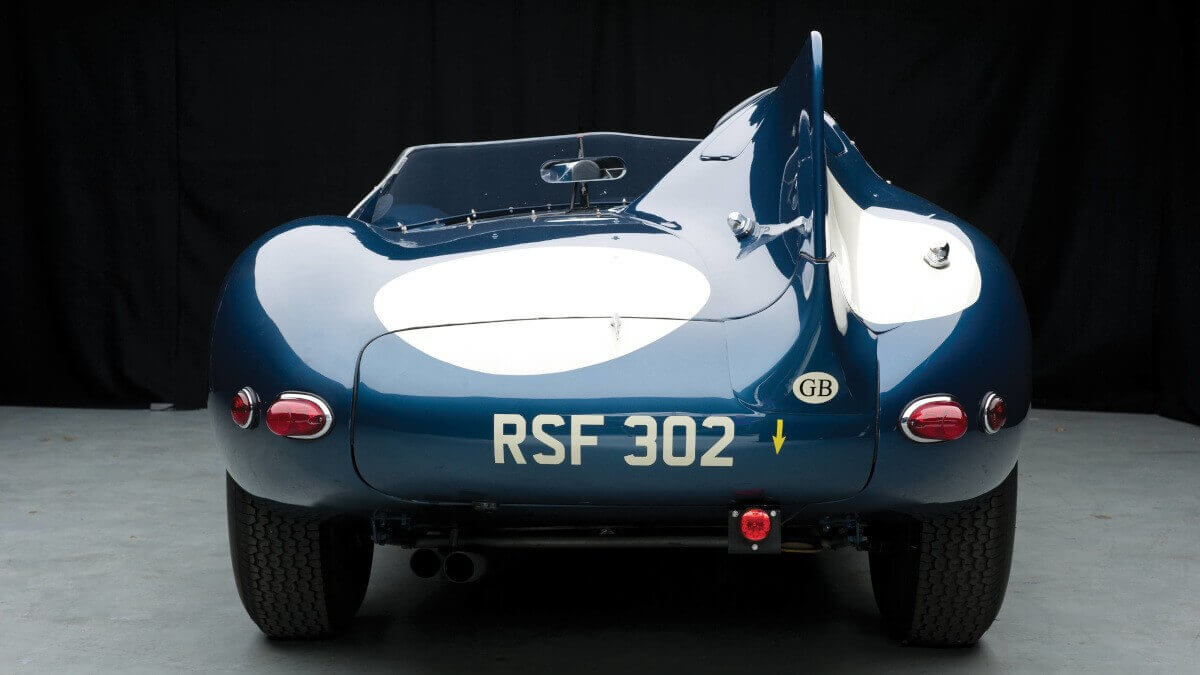















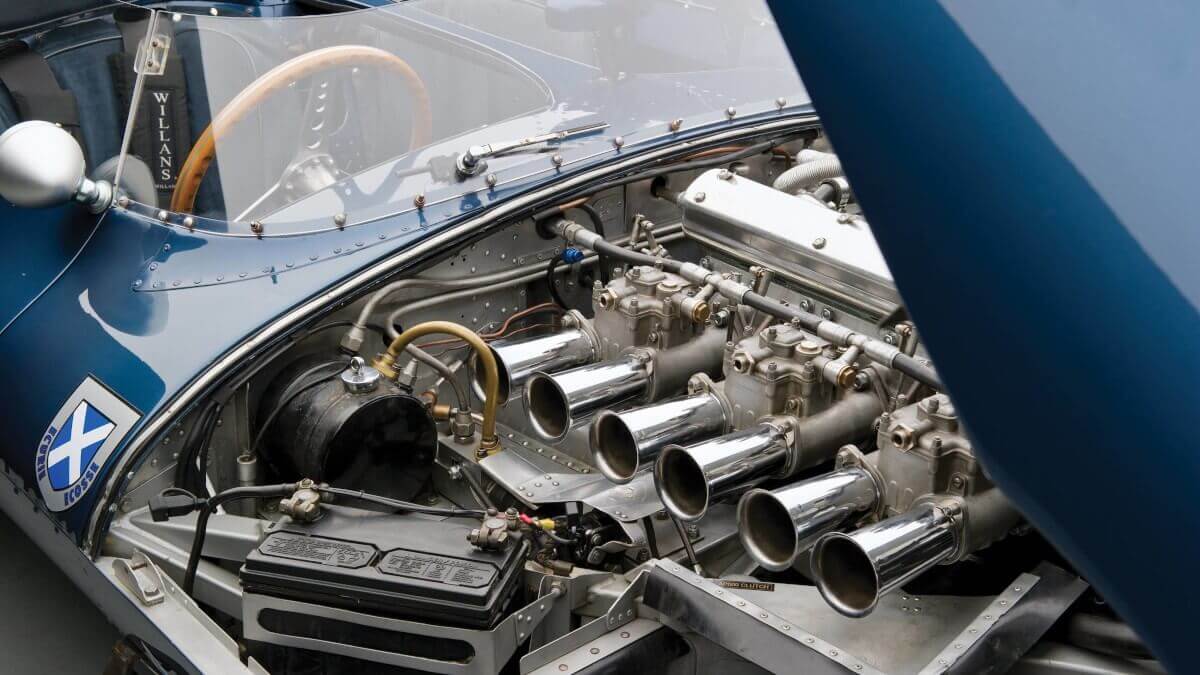







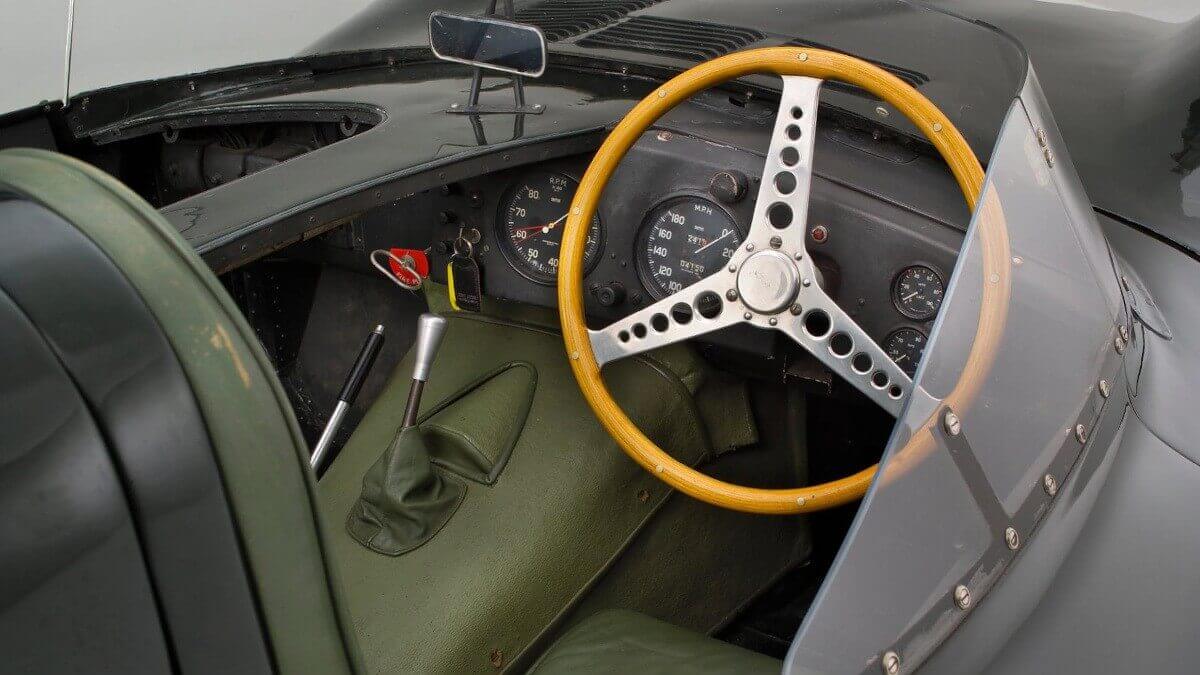



















Probably the most original Jaguar D-Type will be shown at the Salon Privé in September. It is the chassis number XKD509, the first car built in 1954. Until today it carries its original engine, original gearbox and original chassis including the tubular frame at the front. In the 1970s this D-Type received its black lacquer which is still visible today. Before it was painted matt blue over white with five vertical racing stripes and served Lu Brero senior from the USA as a racing car on tracks all over the world.
Last year, Jaguar presented a Continuation series of the D-Type at the Retromobile in Paris. 25 units are made purely by hand according to original specifications. For this purpose, an original engine block was cut up in order to better understand and reproduce the cooling ducts and other components inside. No information was given about the prices, but they might be lower than those of original cars with racing history.
Images: Jaguar, Salon Privé, Bonhams, RM Sotheby’s, Archiv Secret Classics




